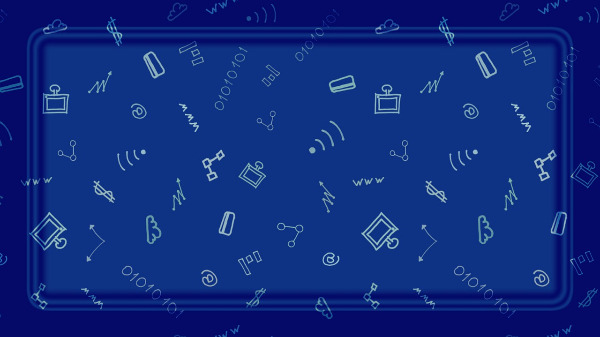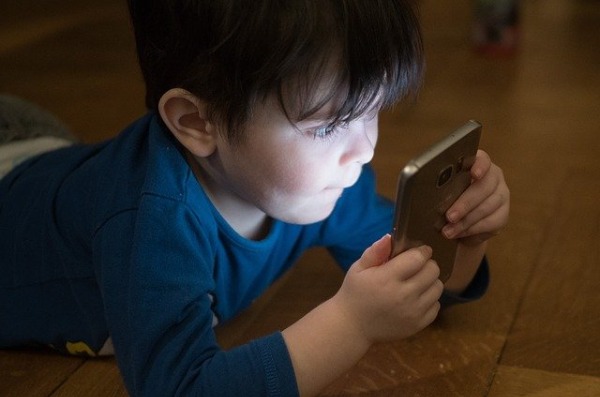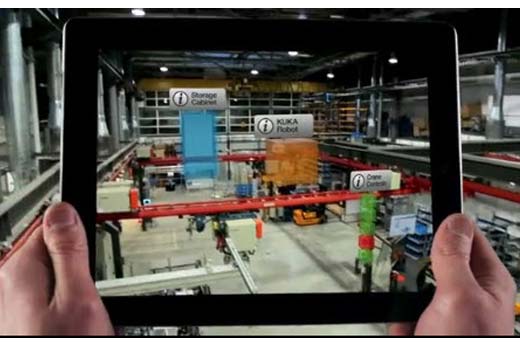Is Your Phone Smarter Than You Yet?

Predictions can be interesting, but people rarely look back at ones to see if they were correct. I wrote a post titled "In 4 Years Your Phone Will Be Smarter Than You (and the rise of cognizant computing)" It has more than 969,000 views since I posted it in November 2013. Next year will be 10 years since that prediction. Is your phone smarter than you yrt?
That was not my prediction but it was an analysis from the market research firm Gartner. They weren't as concerned with hardware as with data and cloud computational ability. I said then that phones will appear smarter than you IF you equate smarts with being able to recall information and make inferences. Surely, those two things are part of being "smart" but not all of it.
"Smart" is also defined sometimes as being knowledgeable of something especially through personal experience, mindful, even cognizant of the potential dangers. Cognizant is a synonym for awareness. I have bee reading a lot about artificial intelligence lately. While cognizant computing does use algorithms to anticipate users' needs, dpong so doesn't approach actual "consciousness."
If an app has my browsing history, purchase records, financial information, and whatever is available somewhere on the cloud (known or unbeknownst to me) it can be pretty good at predicting somethings about me.
Cognitive computing isn't the same thing, though so much of all this seems to overlap. Cognitive computing (part of cognitive science) and attempts to simulate the human thought process.
As I said, these things overlap, at least to someone like myself who isn't really working in these fields. Maybe it makes a kind of sense that AI, cognitive and cognizant computing, signal processing, machine learning, natural language processing, speech and vision recognition, human-computer interaction and probably a dozen I'm forgetting. I suspect that all these things will converge at some point in the future to create the ultimate AI.
I don't see as many mentions these days to the Internet of things (IoT) as I did a decade ago. Internet-enabled objects exist in my home as "appliances." This morning I was checking my Ecobee app which is my wireless home energy monitor. I assume that it is already and will in the future be better at a kind of cognizant device that monitors my home environmental conditions and make adjustments based on my settings and the three sensors that monitor our activity. It knows that no one is upstairs and so drops the temperature there - though no lower than what I have told it. It also suggests changes to my settings and reminds me to change the filter every three months. I always di that on the solstices and equinoxes anyway but if I miss that date by a day or two, it adjust the next change accordingly. Quite a fussy and OCD device. It could connect to my Alexa devices but I haven't allowed that yet. Maybe one day it will just do it on its own and tell me "It's for your own good, Kenneth."

 "Next Billion" is a term you will find used in talking about the future of the internet. It refers to not only the exponential growth in connectivity in emerging markets, such as India, but also the growth of next-level technology in more mature markets.
"Next Billion" is a term you will find used in talking about the future of the internet. It refers to not only the exponential growth in connectivity in emerging markets, such as India, but also the growth of next-level technology in more mature markets. 
